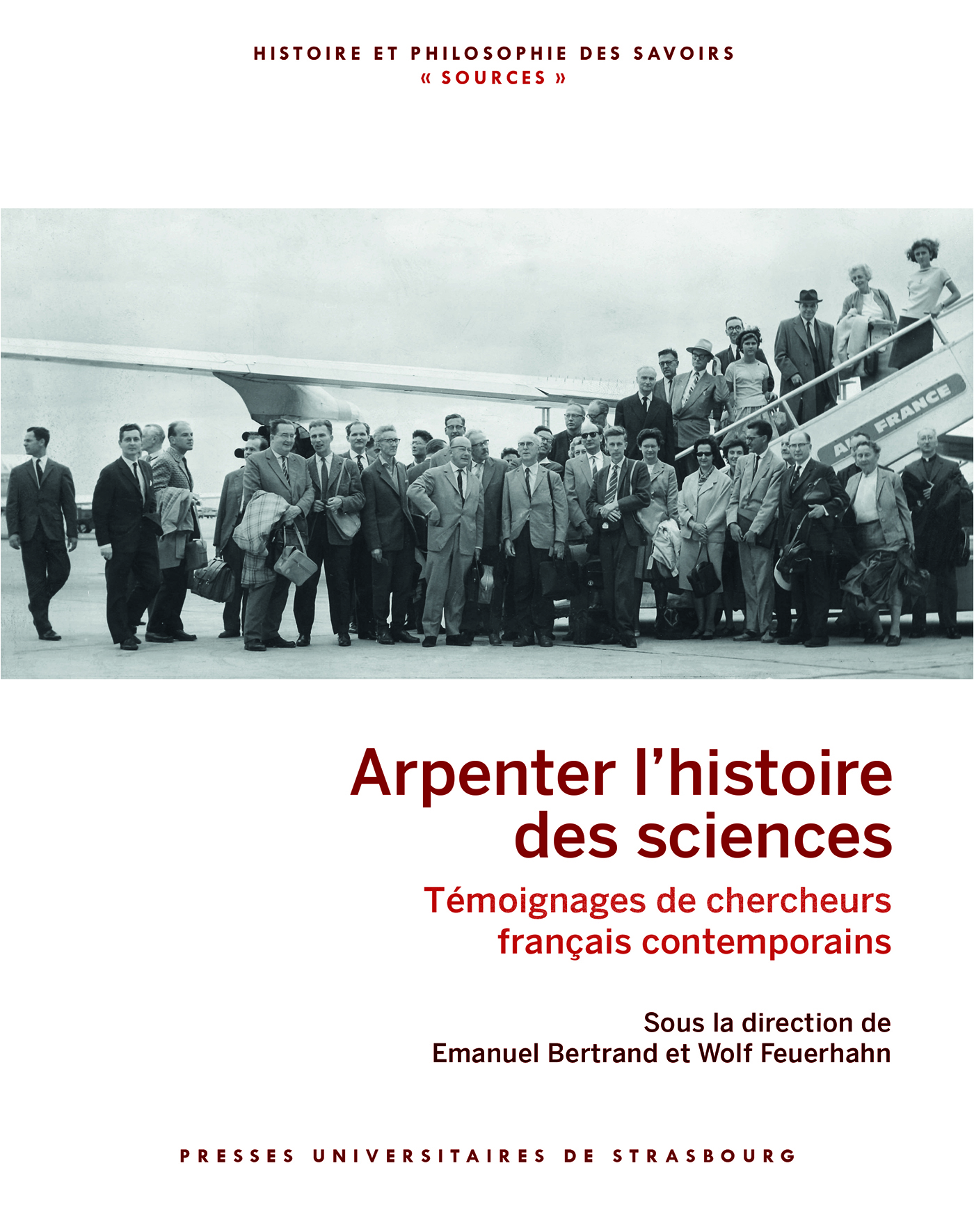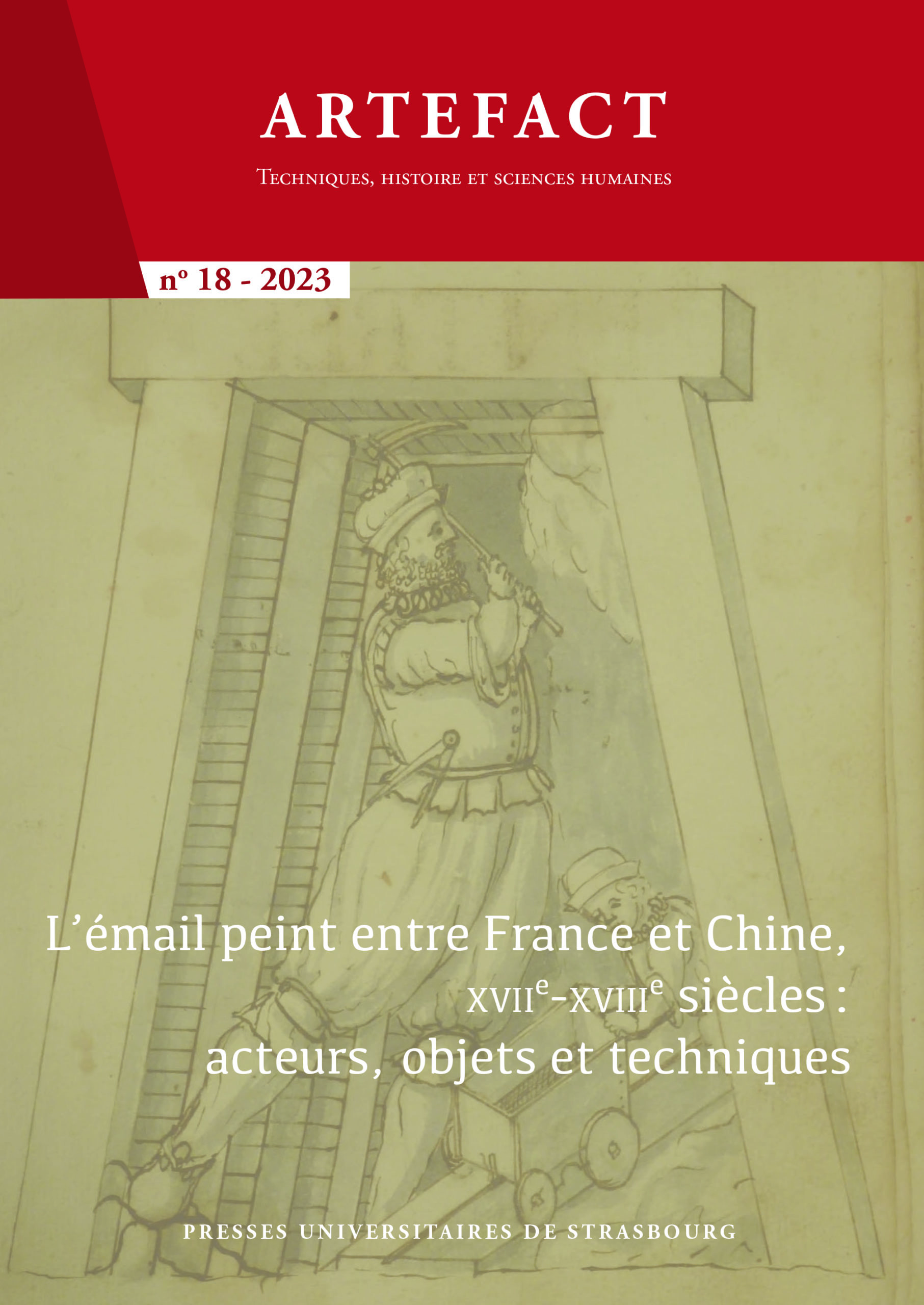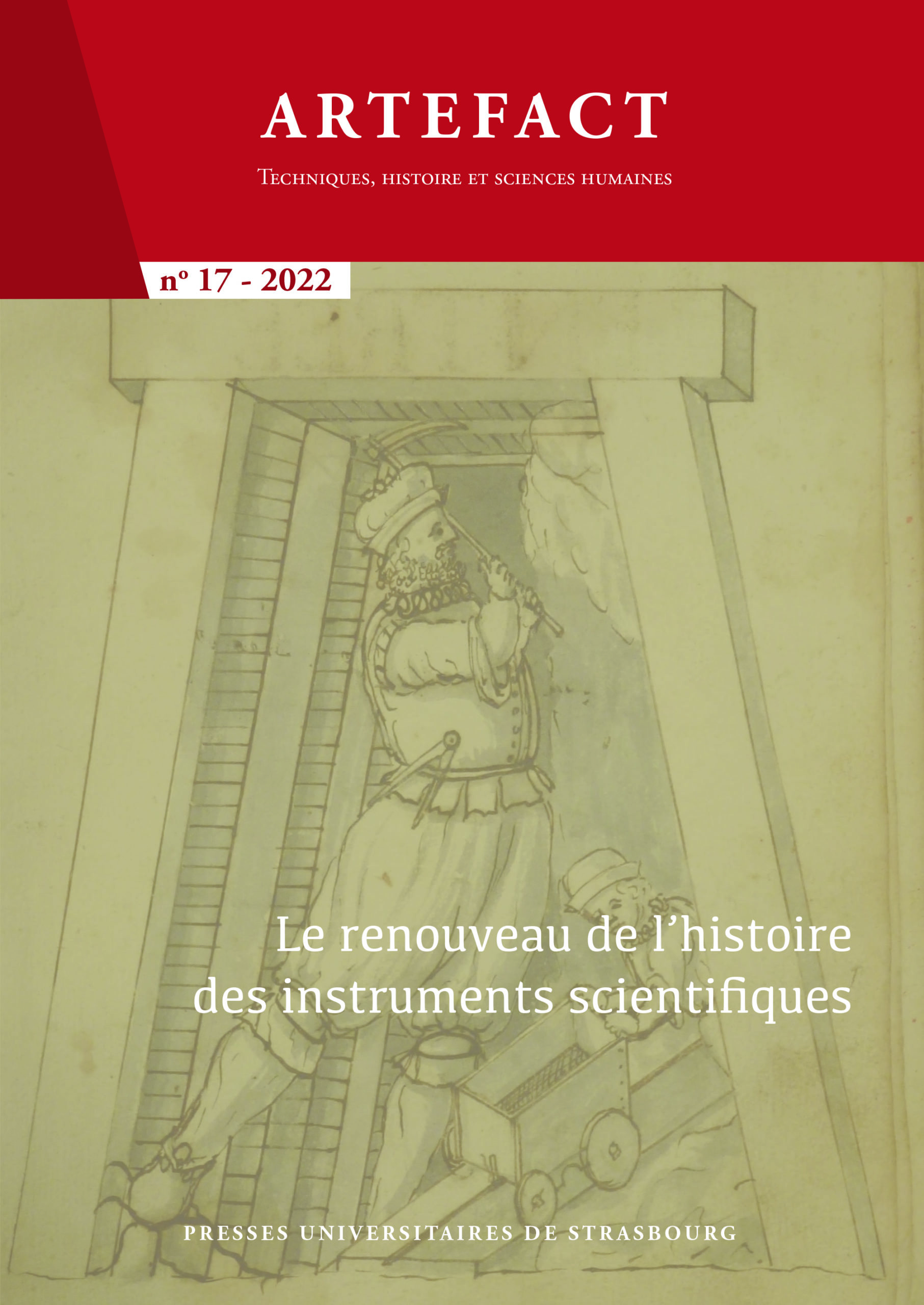- les PUS
- thématiques
-
- collections
-
- revues
-
- auteurs
- catalogue
- newsletter
Menu
Cet ouvrage n’existe pas en version imprimée. Mais il est téléchargeable, gratuitement et légalement sur le site d’EDP Sciences, à ce lien.
Foreword Authors List
CHAPTER 1 Around the Genesis of Femto-Lasers References
CHAPTER 2 Generation of Femtosecond Pulses
2.1 Introduction
2.2 Description of Ultrashort Light Pulses
2.3 Generation of Femtosecond Pulses
2.4 Conclusions References
CHAPTER 3 Trends, Challenges and Applications of High-Average Power Ultrafast Lasers
3.1 Introduction
3.2 Summary of Important Ultrashort Pulse Parameters
3.3 High Average Power Lasers
3.4 Ongoing Challenge for High-Power Ultrafast Laser Technology: Pulse Duration
3.5 Conclusion and Outlook Towards Future Directions References
CHAPTER 4 Basics of Femtosecond Pulse Manipulation: Simple Numerical Tools
4.1 Presentation of Useful Functions
4.2 Influence of the Spectral Phase
4.3 Linear Dispersion in Different Media
4.4 Self-Phase Modulation (SPM)
4.5 Influence of Mirrors on Polarization
4.6 Conclusion References
CHAPTER 5 Femtosecond Pulse Shaping and Characterization: From Simulation to Experimental Pulse Retrieval Using a Python-Based User Friendly Interface
5.1 Introduction
5.2 Simulation and Retrieval of Synthetic Laser Pulses
5.3 Implementation in the Laboratory and Retrieval of Experimental Data
5.4 Conclusion References
CHAPTER 6 High-Order Harmonic Generation (HHG): From Concept to Applications
6.1 Basic Characteristics of a HHG Source and Historical Context
6.2 Semi-Classical Model for HHG: From Three-Step Model to SFA by Lewenstein
6.3 Macroscopic Study of HHG: The Problem of Phase-Matching and Re-Absorption Limit
6.4 The Attosecond Structure of HHG 6.5 New Trends in HHG References Bonus: The Lewenstein Model for Dummies
CHAPTER 7 Ultra-Intense Laser Pulses and the High Power Laser System at Extreme Light Infrastructure – Nuclear Physics
7.1 Introduction
7.2 From Fundamental Forces to the Technology for Producing the Highest Intensities
7.3 The ELI-NP HPLS Laser System
7.4 Extreme Light Infrastructure
7.5 Summary References
CHAPTER 8 Coherent Multidimensional Spectroscopies: Advanced Spectroscopic Techniques to Unveil Complex Dynamics
8.1 Introduction
8.2 Electronic Transitions in 2DES Spectra
8.3 Experimental Considerations and Implementations
8.4 Application to Complex Dynamics
8.5 Concluding Remarks References
CHAPTER 9 Nonlinear Optical Imaging at the Nanoscale
9.1 Introduction
9.2 Principles of Nonlinear Optical Microscopy
9.3 Polarized Nonlinear Microscopy
9.4 In Depth Nonlinear Microscopy in Complex Media
9.5 Conclusions References




Presses Universitaires de Strasbourg
Université de Strasbourg
4, rue Blaise Pascal – CS 90032
67081 Strasbourg cedex
tél. +33 (0)3 68 85 62 65
2024 – tous droits réservés